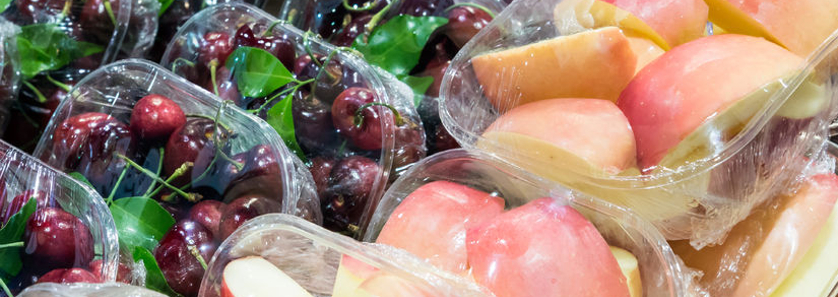Many types of produce, like strawberries, apples, beans and blueberries, have to be drastically cooled after harvest in order to keep their freshness. Putting every different type of produce under the right cooling method will lengthen their freshness and ensure that a high quality product is given to consumers. There are a lot of different types of post-harvest cooling methods out there, like forced-air cooling, room cooling, hydrocooling and icing. Each of these cooling methods has a proper use when it comes to different types of produce. SEMCO/SEMCOLD LLC understands that you’ll need different equipment depending on the type of produce you deal with. However, in today’s article let’s take a look at forced-air cooling and some common mistakes to avoid when using this cooling method
What Is Forced-Air Cooling?
Forced-air cooling uses fans to pull cool air through the packages and pallets of produce. Because the cold air is actually forced around the room and into the heart of the pallets, this cooling method is typically 75% to 90% faster than room cooling. Forced-air cooling is thought of as being effective because:
- It reduces how long produce stays at warmer temperatures, which decreases deterioration of the product.
- It is energy efficient because of its shorter cooling times.
- It is particularly more efficient when it comes to cooling large volumes of produce.
- It cools produce without adding moisture or requiring excessive handling of the product.
- It can be retrofitted from an existing room cooling facility.
Potential Forced-Air Cooling Mistakes
While forced-air cooling systems can be really effective, you have to avoid making certain mistakes that would drastically reduce the effectiveness of this cooling method.
Humidity Mistakes
The movement of the air can cause the produce to get dried out if the humidity levels are not properly regulated and monitored. Lack of water on the surface of the produce can result in shrinkage, wilting and overall loss of quality. Too much water can lead to the growth of mold and other fungi. This type of mistake can be avoided by incorporating more coils or larger coils used in the system and using a wet-bulb thermometer to monitor the humidity levels. You can also use industrial humidification systems to help keep the room at the right humidity level.
Ventilation Mistakes
Another mistake is not having enough ventilation between the packages, in the pallets and in the room in general. This lack of air flow can reduce the efficiency of the forced-air cooling system. If there is not enough ventilation, the cooling time will be longer. If there is too much ventilation, the products may not stay at a consistent temperature.
Overcrowding Mistakes
Another common mistake is over packing the pallets. When the pallets themselves are too full, the center produce is not able to get cooled as well as the other produce. You can avoid this type of mistake by not filling the individual pallets too full.
Produce Mistakes
Finally, many people use this type of system for the wrong types of produce. Some produce is not supposed to get as cold as quickly as others. At SEMCO/SEMCOLD LLC, we can help you get the right system for the right produce. It is appropriate to use a forced-air cooling system for apples, beans, blueberries, brambles, cabbage, cucumbers, eggplant, okra, peaches, peas, peppers, potatoes, squash, strawberries and tomatoes among others.
Using the most effective cooling system is important, but even an effective system has to be used in the right way. Turn to professionals who can help you get the best equipment for your line of work. Turn to SEMCO/SEMCOLD LLC. We provide fully customized cooling systems including forced-air cooling systems.




